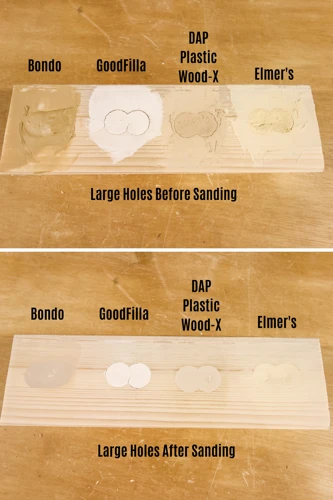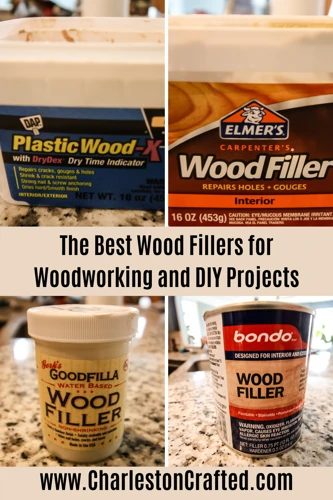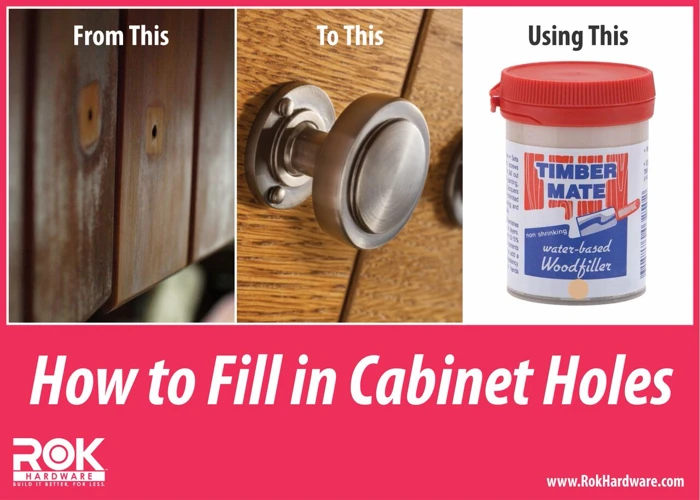Introduction to Hole and Crack Fillers
Welcome to the comprehensive guide on types of fillers, a crucial aspect of maintaining and repairing the integrity of various surfaces in your home. When it comes to fixing holes and cracks, choosing the right product can make all the difference between a temporary patch and a long-lasting repair.
Categories of Fillers for Home Repair
Fillers can be broadly categorized based on their intended use and the materials they are designed to repair. From pliable caulk to sturdy concrete filler, the options are tailored to address specific problems and surfaces.
Types of Fillers for Wall Repair
Spackling Paste: The Go-To Solution for Small Holes
Spackling paste stands out as the ideal choice for filling nail holes and minor imperfections in walls. Its ease of use and quick-drying properties make it a favorite among DIY enthusiasts for wall repair tasks.
Epoxy Filler: Durable Repair for Larger Cracks
For more substantial damage, epoxy filler offers a robust solution. It’s renowned for its strength and compatibility with various materials, ensuring the repair can withstand the test of time.
Caulk: Flexible Sealant for Gaps and Joints
Caulk is a flexible sealant that excels in sealing joints and gaps, providing a waterproof barrier. Its elasticity makes it perfect for areas subject to movement or temperature changes.
Patching Compound: Versatile Option for Various Surfaces
A patching compound is a versatile choice that can be used on plaster, drywall, and even wood. It’s formulated to fill larger holes and provide a smooth, paintable surface once cured.
Choosing the Right Filler for Wood Surfaces
Wood Filler: Best Practices for Wooden Structures
When dealing with wooden surfaces, wood filler is your best companion. It’s designed to mimic the properties of wood, allowing for sanding, staining, and painting, blending seamlessly with the original material.
When to Use Wood Filler vs. Other Alternatives
It’s crucial to distinguish when wood filler is the appropriate choice over other types of fillers. Typically, its use is reserved for furniture repairs and restoring woodwork, where a matching finish is necessary.
Concrete Filler and Its Applications
Concrete Filler: The Ideal Choice for Concrete Cracks
Concrete filler is specifically formulated to address the challenges of repairing cracks in concrete. Its composition allows for excellent adhesion and durability, crucial for high-traffic areas.
Comparing Concrete Filler to Other Filler Types
Unlike more flexible options like caulk, concrete filler provides a rigid repair that’s essential for the structural integrity of concrete surfaces, making it a distinct choice in the realm of fillers.
How to Apply Different Types of Fillers
Preparing Surfaces for Filling
Proper preparation of the surface is key to successful filling. This involves cleaning the area, removing loose material, and ensuring it’s dry to promote optimal adhesion.
Application Techniques for Spackling Paste and Epoxy Filler
Applying spackling paste and epoxy filler requires precision and care. For spackling paste, a putty knife is used to fill the hole and smooth the surface. Epoxy filler often comes in two parts that must be mixed before application to activate its bonding properties.
Tips for Applying Caulk and Patching Compound
When using caulk, a caulking gun will enable you to dispense the sealant evenly. The patching compound may require a broader blade for application and might need layering for deeper repairs.
Maintaining and Repairing Filled Areas
Aftercare for Filled Holes and Cracks
Maintenance of filled areas involves monitoring for signs of wear or failure and addressing them promptly. Some fillers may shrink or crack over time and will need a touch-up.
When to Reapply or Replace Fillers
Reapplication or replacement of fillers should be considered when there are visible signs of damage or degradation. Regular inspection will aid in determining the right time for this.
Conclusion
Summary of Types of Fillers and Their Uses
In summary, the types of fillers available are diverse, each with unique properties suited for different repair scenarios. Understanding their applications is vital for effective home maintenance.
When it comes to DIY repairs and crafts, the right adhesive can make all the difference. If you’ve ever wondered about fixing broken dentures, our guides on how to glue broken dentures and the best practices for gluing dentures can provide you with the information you need for a secure fix. For the craft enthusiasts looking to add some sparkle to their projects, our article on what glue to use for rhinestones on tumblers will help ensure your designs stay put. As for filling in holes and cracks, choosing the appropriate fillers is crucial for a seamless repair, so be sure to consider the material and the specific application before making your selection.
Final Recommendations for Choosing the Right Filler
Selecting the right filler boils down to the material being repaired and the size of the damage. Consider strength, flexibility, and compatibility to ensure a repair that lasts.


